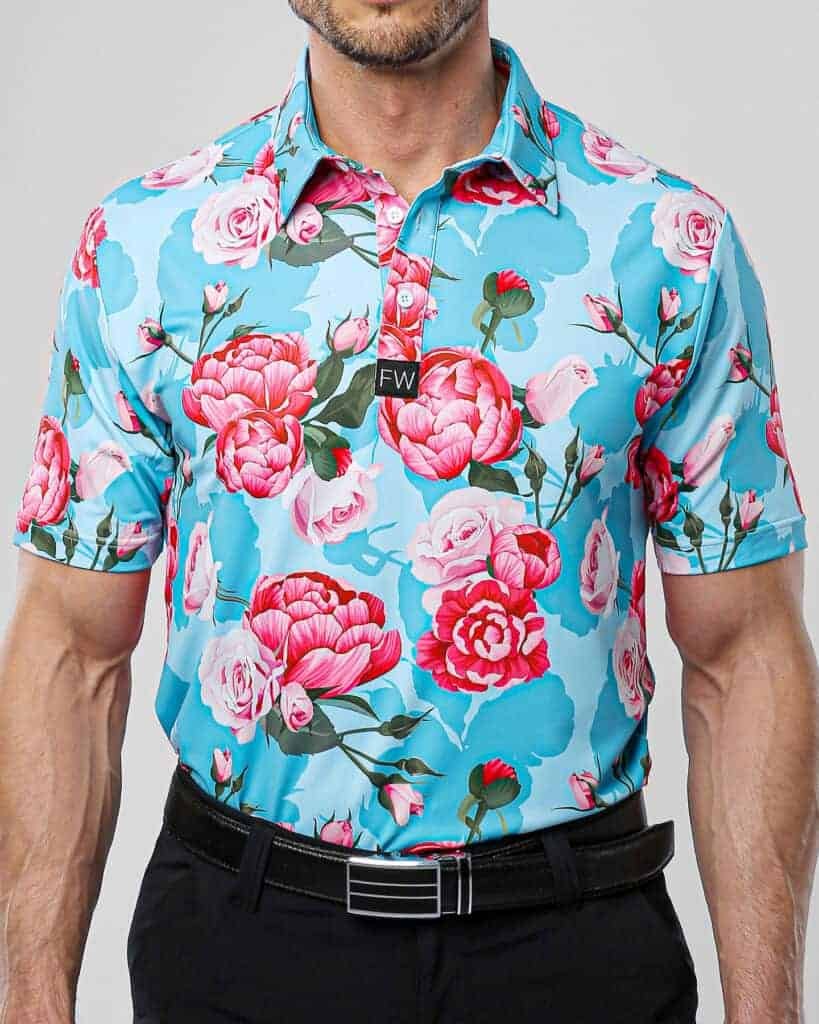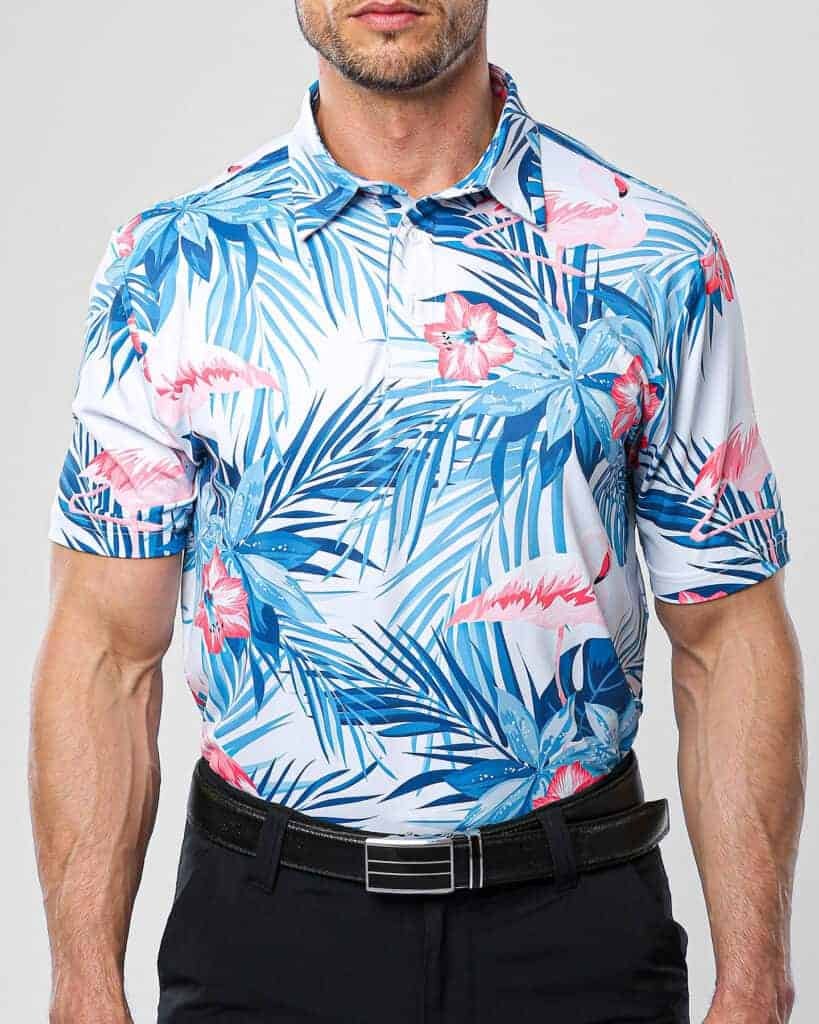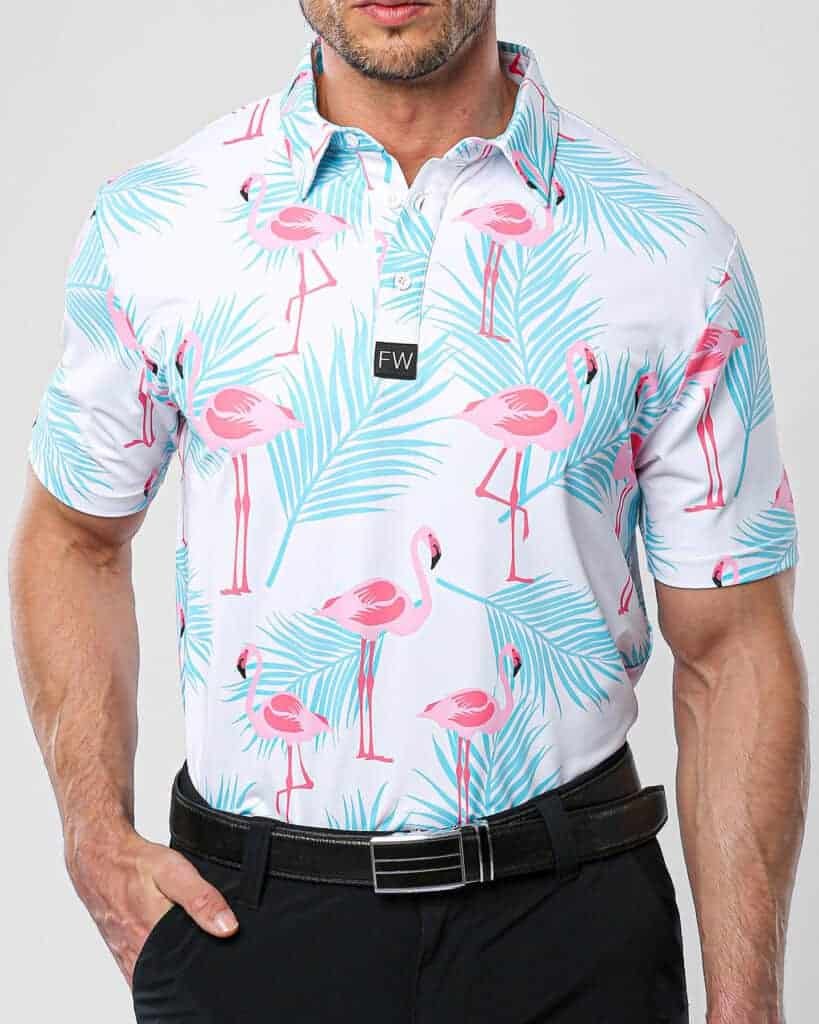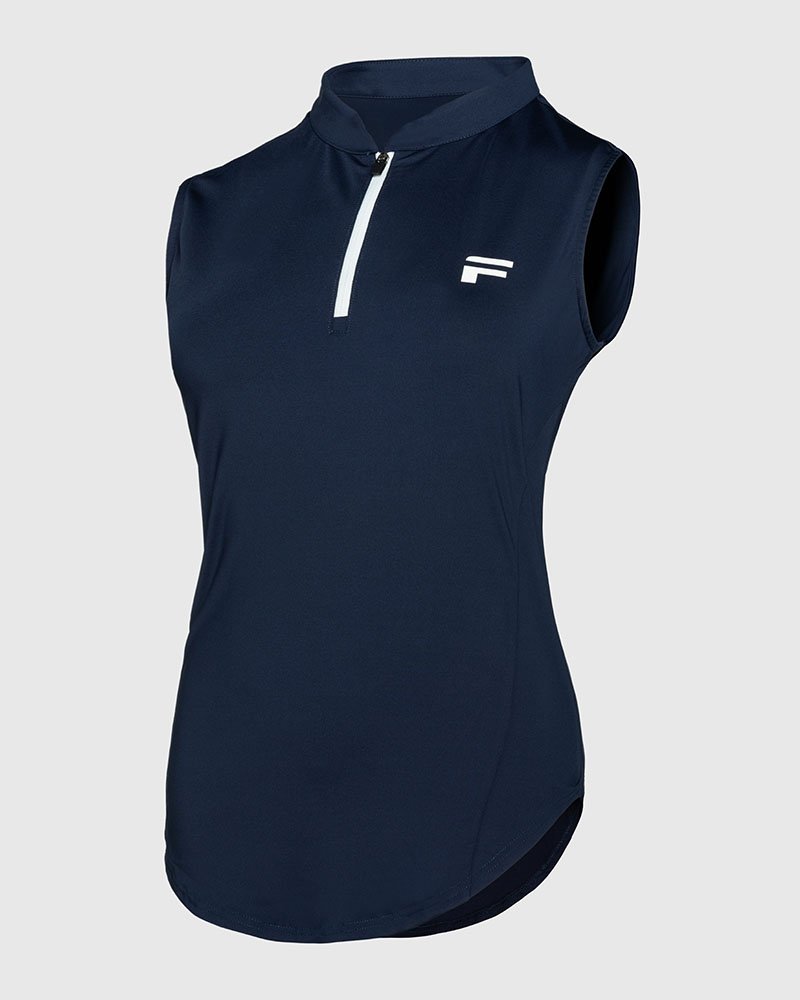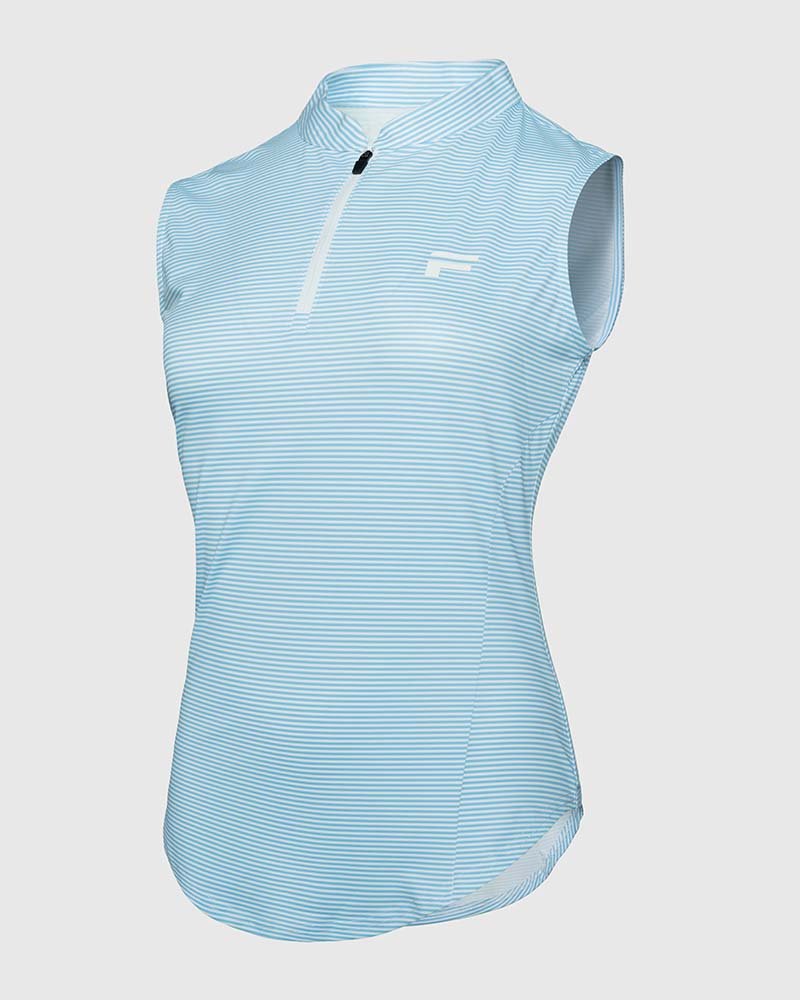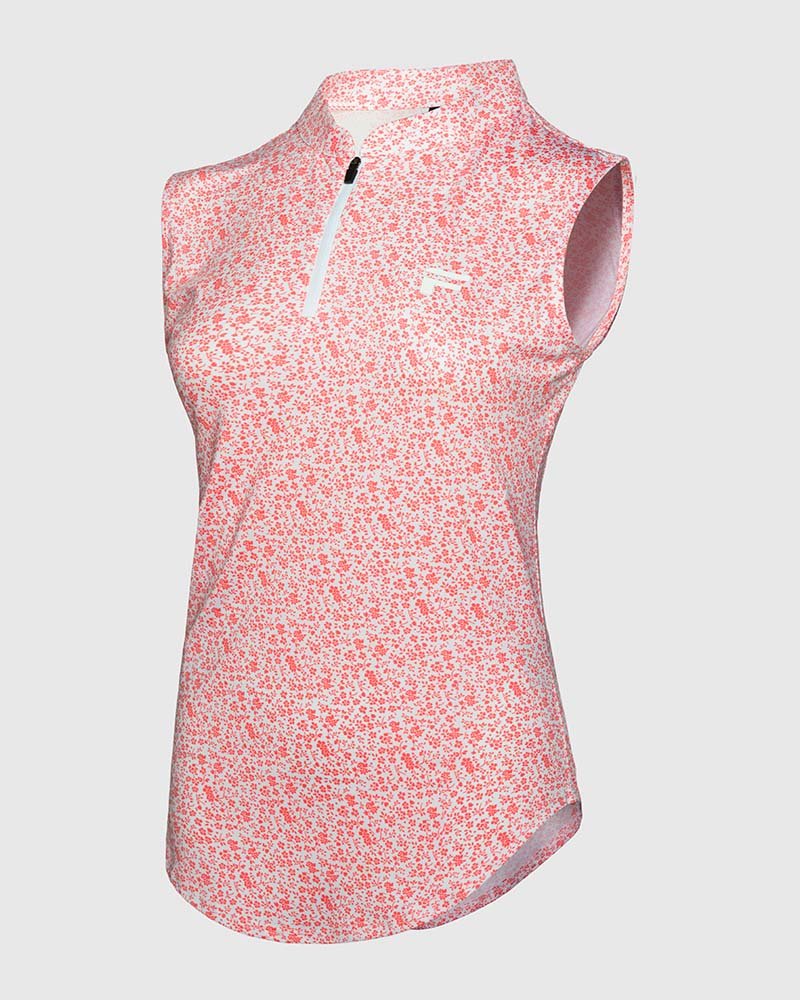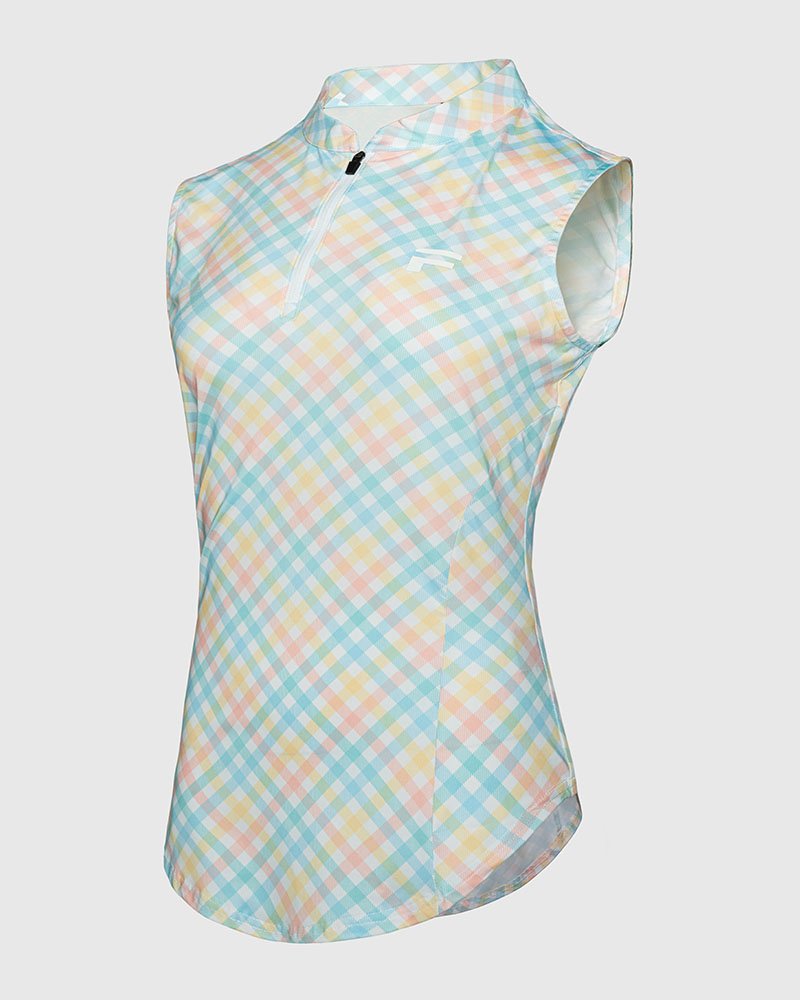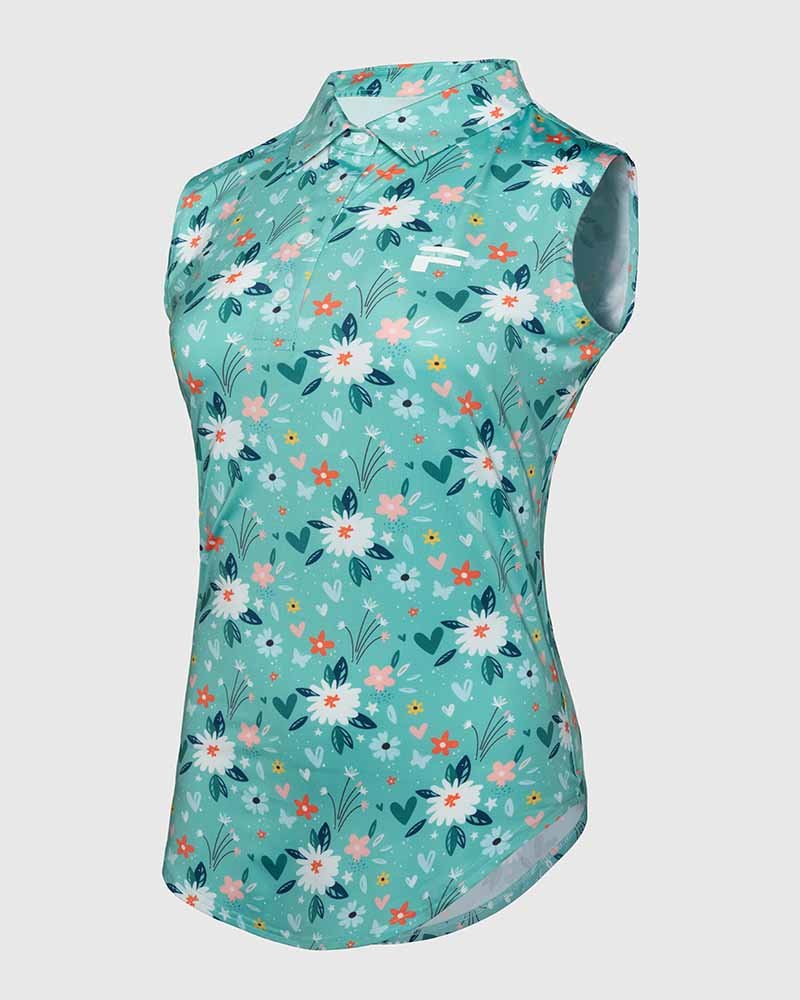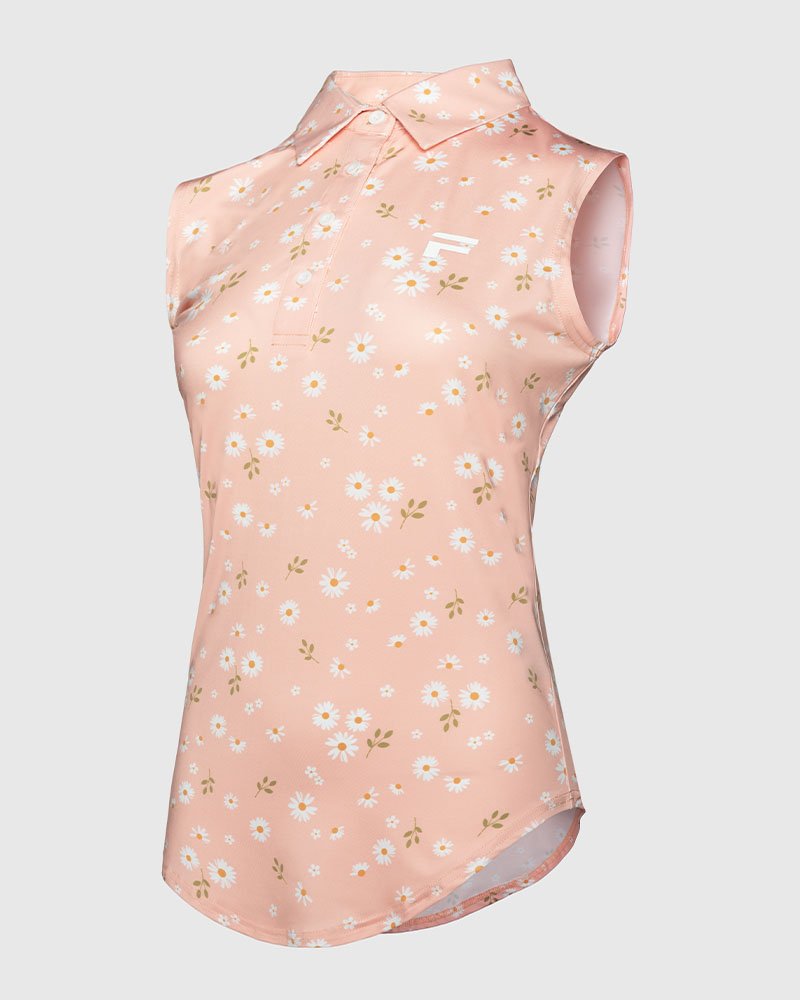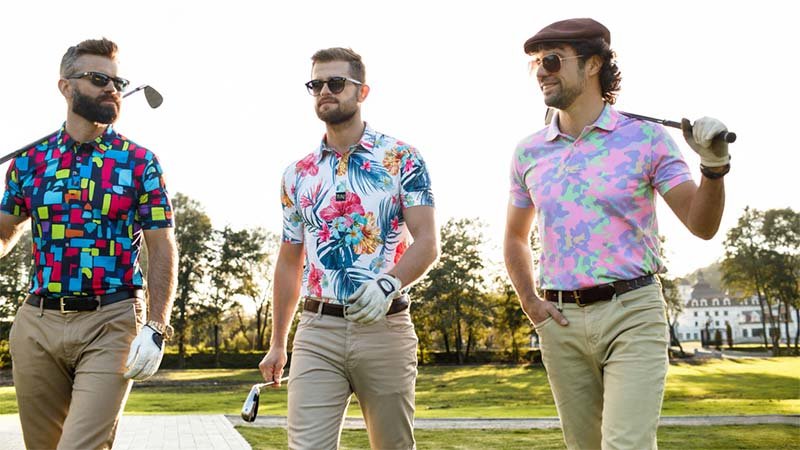Are your golf apparel designs getting lost in a sea of similar products? Standard details make you look generic. Custom accessories will make your brand unforgettable and feel premium.
Custom accessories are the unique trims that define your brand, like logo zippers, engraved buttons, and specialized labels. They elevate a garment from a simple piece of clothing to a premium product, creating a strong brand identity and showing customers you care about every single detail.

These small touches can make a huge difference. But where do you start? Over the years, I've seen new brands struggle with this. They focus so much on the fabric and fit that they forget the tiny details that build a premium feel. Let's break down the specific accessories that offer the most impact. I will show you how you can integrate them seamlessly into your collection. I've seen brands go from unknown to sought-after just by focusing on these details.
What Custom Trims Make the Biggest Impact on Your Garments?
Do your polos and jackets look just like your competitors'? Overlooking small details can cost you sales. Custom trims give your products a unique, high-quality signature look that customers notice.
The most impactful trims are custom zippers, buttons, and labels. A zipper pull with your logo or a button engraved with your brand mark adds an immediate touch of class. High-quality woven neck labels and custom hang tags also reinforce your brand’s story and quality perception.
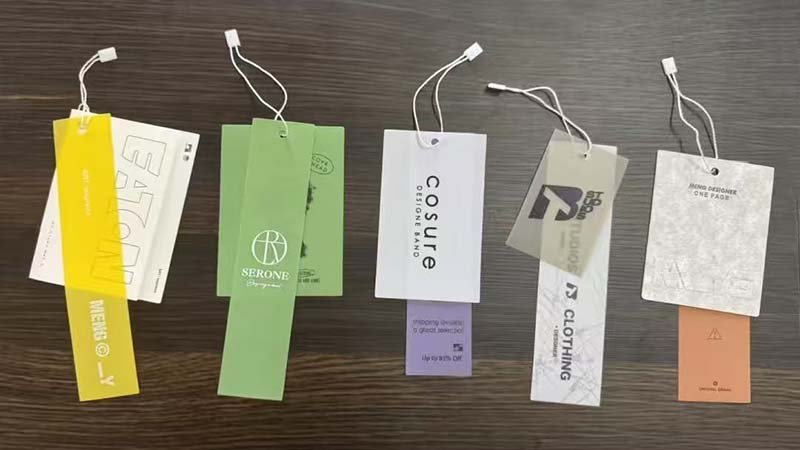
When a customer picks up one of your golf shirts or jackets, their hands and eyes are drawn to the details. This is your chance to make an impression. These small components are called "trims" in the industry, and customizing them is one of the most effective ways to build your brand identity. I started my career in a textile factory, and I learned early on that the feel of a quality trim can change a customer's entire perception of a garment.
Custom Zippers
Zippers are functional, but they can also be a key design element. Instead of a standard, boring zipper pull, you can create a custom one. It could be shaped like your logo, or have your brand name subtly engraved on it. You can also choose the color of the zipper tape to perfectly match your fabric. I remember working with a client who designed a custom zipper pull shaped like a golf tee. It was a small thing, but their customers absolutely loved it and often mentioned it in reviews.
Logo Buttons
Think about the classic golf polo. The buttons are front and center. Using generic plastic buttons makes your product look cheap. Instead, you can use buttons engraved or printed with your logo. You can choose from different materials like metal, rubber, or mother-of-pearl to match your brand’s style. This small upgrade tells your customer that you did not cut any corners.
Branded Labels
Labels are essential. A soft, woven neck label feels much better against the skin than a scratchy printed one. It makes your garment feel more luxurious. Heat transfer labels are another great, comfortable option. Don't forget the hang tag. This is a mini-billboard for your brand. You can use it to tell your story, explain the fabric technology, and create a premium unboxing experience.
| Accessory | Customization Options | Impact on Brand |
|---|---|---|
| Zippers | Custom Puller Shape, Logo Engraving, Color Matching | Enhances functionality and provides a high-tech, premium feel. |
| Buttons | Logo Engraving, Custom Material/Color, Unique Shape | Adds a classic, polished touch. Communicates attention to detail. |
| Labels | Woven Logo, Custom Hang Tag Design, Heat Transfer | Strengthens brand identity and communicates quality and care. |
How Do You Actually Get Custom Accessories Made for Your Apparel?
You have great ideas for custom trims but struggle with the process. This uncertainty can seem complex and expensive. A clear plan with your manufacturer makes it simple and straightforward.
You start by defining your brand’s style. Next, you create detailed tech packs for your manufacturer that specify everything. Always provide clear logo files and review digital and physical samples before approving full production to ensure everything is perfect.
Turning an idea into a physical product can feel intimidating. I've guided hundreds of new brand owners like you through this process. It's not as complicated as it seems when you follow a few key steps. The key is clear communication with your manufacturing partner. A good manufacturer will work with you at every stage to make sure the final product is exactly what you imagined. Let's walk through the steps to make it happen.
Step 1: Define Your Vision and Brand Style
First, think about your brand's personality. Is it modern and minimalist? Is it classic and traditional? Or is it bold and athletic? Your choice of accessories should reflect this identity. A minimalist brand might choose a subtly engraved metal zipper pull. A bolder brand might opt for a brightly colored button with a prominent logo. This vision will guide all your decisions.
Step 2: Create Detailed Tech Packs
A tech pack is the blueprint for your product. It's a technical document that tells the factory exactly how to make your garment. For custom accessories, you must be very specific. You need to include details like dimensions, materials (e.g., zinc alloy for a zipper pull), and colors. Use Pantone color codes for precise color matching. You must also provide your logo in a vector file format, like .ai or .eps. This ensures your logo is sharp and clear when reproduced on a small item.
Step 3: Sampling and Approval
This is the most important step. Never, ever skip it to save time or money. Before you order hundreds or thousands of units, you must see and approve a physical sample of your custom accessory. You need to hold it, feel its weight, and check the color and finish. I’ve seen brands save thousands of dollars by catching a small mistake at the sample stage. Once you approve the sample, you and your manufacturer can proceed with confidence into mass production.
What Should You Look For in a Manufacturer for Custom Accessories?
Are you worried that a potential manufacturing partner can't handle your custom ideas? The wrong choice leads to poor quality, frustrating delays, and wasted money. Choosing a partner with proven expertise is key.
Find a manufacturer with a strong network of specialized trim suppliers. They must offer low Minimum Order Quantities (MOQs) for custom parts. Also, check their past work for examples of detailed customization. Clear communication and a reliable sampling process are non-negotiable for success.
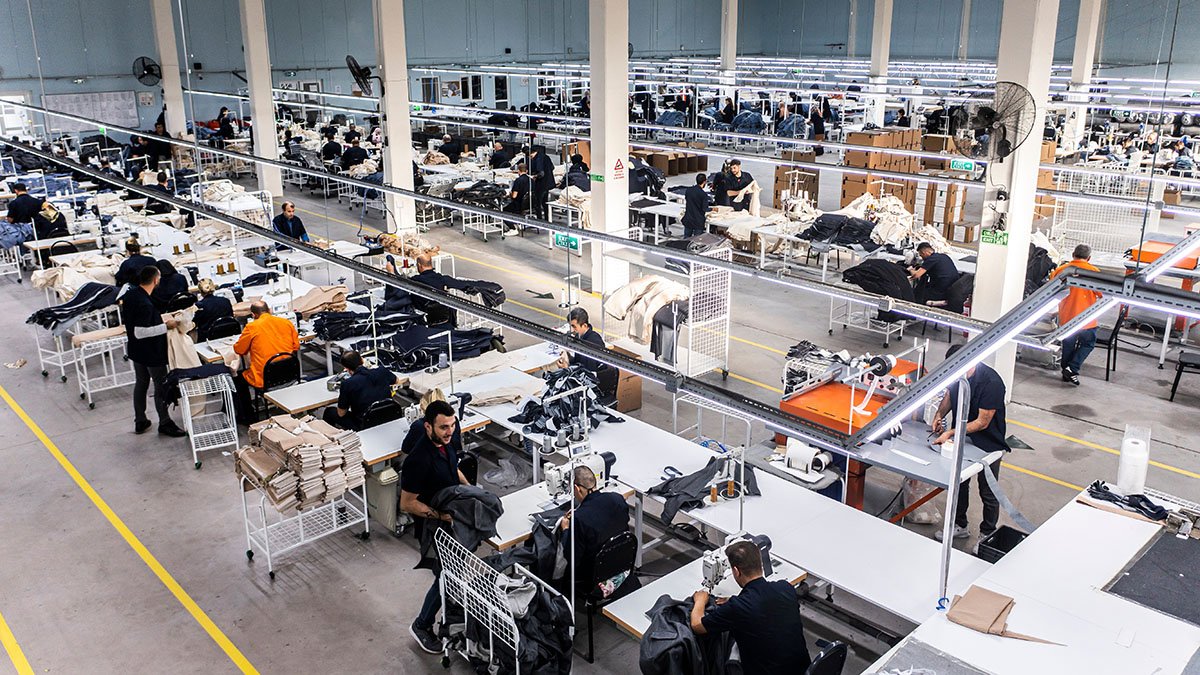
Finding the right manufacturing partner is the most critical decision you'll make for your brand. A great partner is more than just a factory; they are an extension of your team. They should share your commitment to quality and understand the vision you have for your brand. When it comes to custom accessories, not all manufacturers are created equal. You need to ask the right questions to find a partner who can truly bring your ideas to life.
Strong Supplier Connections
An apparel manufacturer usually does not make zippers or buttons themselves. Instead, they work with a network of specialized trim suppliers. I have spent years building strong relationships with the best trim factories. This allows me to source almost any custom part a client can imagine. When you talk to a potential manufacturer, ask them about their trim suppliers. A good partner will be transparent about their network and confident they can find what you need.
Low MOQs for Customization
Many trim suppliers have very high Minimum Order Quantities (MOQs). They might require you to order 5,000 custom zipper pulls or 10,000 engraved buttons. This is a huge challenge for a new brand. A good apparel manufacturer can help. They often have relationships that allow for lower MOQs or have developed in-house solutions for smaller batches. This is crucial for managing your costs and inventory as you grow.
A Proven Track Record
Don't just take a manufacturer's word for it. Ask to see their work. They should be able to show you photos or even physical samples of custom accessories they have produced for other brands. Pay close attention to the quality and detail. A manufacturer who is proud of their customization capabilities will be happy to share examples with you. This is the best way to verify their skills.
| Key Factor | What to Ask a Potential Manufacturer | Why It Matters |
|---|---|---|
| Supplier Network | "Who are your partners for custom trims like zippers and buttons?" | This shows they are well-connected and can source high-quality, specialized parts. |
| MOQs | "What are your MOQs for custom zipper pulls or engraved buttons?" | This ensures you can start small without a huge upfront investment in trim inventory. |
| Portfolio | "Can you share examples of custom accessories you've made for other brands?" | This provides proof of their capabilities and quality standards. Look for detail. |
| Process | "What is your process for sampling and approving custom components?" | This ensures you have control and can catch any issues before mass production begins. |
Frequently Asked Questions (FAQ)
Are custom accessories expensive for a new brand?
This is a common worry. While there is an upfront investment, it's more affordable than you might think. There is often a one-time mold fee for items like zipper pulls. But the per-unit cost can be just a few extra cents. Think of it as an investment in premium branding that allows you to charge a higher price.
How much extra time does customizing accessories add to my production schedule?
You should plan for some extra time. Creating molds and producing custom samples can add about 3-4 weeks to your pre-production timeline. This is to ensure we get the sample perfect before manufacturing the bulk order. I always tell my clients that this wait is worth it to avoid any quality issues later.
What are typical Minimum Order Quantities (MOQs) for custom accessories?
This is a huge challenge for new brands. If you go directly to a trim factory, MOQs can be as high as 5,000 or 10,000 units. However, by working with a full-service manufacturer like us, we can often manage much lower MOQs, sometimes down to 500-1,000 pieces. We achieve this by consolidating orders with our trusted trim suppliers.
What if I don't have a technical design for my custom trim? Can my manufacturer help?
Absolutely. You don't need to be a technical designer. Your job is to bring the vision and a clear logo file. A good manufacturer will have an in-house team that can take your idea and create the technical drawings and 3D mockups for your approval. We handle the technical side so you can focus on the brand.
For a new golf brand on a budget, which custom accessory offers the best return on investment?
If I had to recommend just one place to start, it would be the neck label and the main zipper pull (for jackets) or buttons (for polos). A high-quality woven neck label immediately feels more premium than a printed one. The zipper pull or buttons are what your customer touches every single time they wear the garment. It's a key point of physical interaction.
Conclusion
Custom accessories are much more than just small add-ons. They are the key details that define your brand, showcase quality, and create a lasting connection with your golfers.



